This chemical can keep the specimen in its life like manner for centuries to come provided the specimen is immersed well in it.
NBF also known as a fixative preserves tissues by cross linking the amino acid sequences of the protein peptide chain, preventing autolysis and putrefaction.
The use of formalin to preserve specimen in a container called a perpex jars kept for display in museum has been the practiced for long not until the ingenuity of a German born physician and anatomist -Professor Gunther von Hagens led to the discovery of plastination in 1977.
He discovered that human and body tissues or even animal tissues could actually be preserved using polymers or plastics that are curable after they have been forcefully diffused into the varices of tissues using vacuum pump. Curable in the context of this article refers to the intrinsic property possessed by the polymer to solidify after undergoing several chemical and physical processes for preservation. I am sure you are a bit surprised, how can humans parts or animal tissues be preserved using polymers i.e. rubber? Read along and you will definitely find out how this is done.
Why do we fix tissues?
The main essence of tissue fixation is to prevent the two most important postmortem chemical reactions such as autolysis – break down of cells by its own enzymes and putrefaction – bacterial decomposition of a tissue cell. These two chemical reactions are the major reactions that occur when a tissue is dead.
Using formalin, these two main reactions are inhibited and the tissue we intend to preserve can stay for years without any damage. Science and technology in medicine has gone far way beyond embalmment of tissues using chemicals like formalin. Most dead bodies today are preserved by injecting formalin into various parts of the body but because of the disadvantages this technique has e.g inhalation of formalin poses serious threat to human life due to the suffocating effect it has, its use in preservation of tissues is gradually phasing out.Earlier before now, Organs harvested from animals were preserved in perpex jars containing liquid formalin and kept for display in museums. They are only kept for display but cannot be touched because they sealed in these jars. This limitation has really made it difficult for anyone to actually have a closer look at the specimen being displayed. Some of these shortcomings led to the discovery of plastination.
The advent of plastination and immortalization of tissue specimen
Professor Gunther while carrying out experiment with kidney slices and plastic polymers in his laboratory at the University of Heidelberg in Germany discovered that the water and fat content of the tissue could actually be replaced by diffusing the tissue with polymers that are curable (e.g Biodur S10) thus enabling this tissue to be preserved for years without it decaying. After discovering this, he tried carrying out this process on several organs harvested from animals, his attempt was successful. Because of his discovery; he is today referred to as the father of plastination.
The advent of preserving tissues with curable plastics or polymers has really changed the art of preservation in museum, medicine and tourism. Today, we could actually preserve a whole organ or even a whole animal or human using the plastination technique. In the museum of most well developed countries of the world, plastinated specimens are now displayed to the general public rather than the normal act of putting the specimen in a perpex jar were full accessibility to them might prove abortive.
What then is plastination
Plastination by definition is the science of preserving tissues by removing water and fats from the tissues and replacing them with a plastic or polymer (Biodur S10) that is curable.
This method produces a tissue specimen that anyone can touch, feel and even carry about. Just imagine holding a human organ like the eyeball, brain,
Nose, kidney or even a whole human or animal foetus that has been palstinated without having to worry about the putrid odour naturally produced if these where not plastinated or even the stinking nature of a specimen fixed using formalin. A specimen fixed in formalin has suffocating odour and smells so bad but this method of plastination allows us to preserve dead animals, tissues, organs or even a full human being in a life like manner without it smelling.
You can even put a plastinated specimen in your pocket depending on the size in bag and carry it anywhere without having to worry about cross contamination or infection from the tissue.
Von Hagen after successfully carrying out his experiment was able to display his plastinates to the world and with his discovery; we can now visualize any part of an animal or human body and even internal organs.
We could as well even preserve that pet we love so much by simply diffusing the polymer (Biodur S10) into its tissues thus keeping the animal in a life like manner, though this obviously depend on your financial capability. Plastination technique is a very expensive one.
How is this plastination technique carried out?
Plastination is not actually an easy technique to be carried out as it really requires expertise and high professionalism. What plastination does is to basically halt any bacterial or enzyme action by fixing and removing water from the tissue and in turn replacing them with plastic which diffuses inside the interstices of the tissue. Once this water and fats are removed, the action of these organism and enzymes that will cease thus enables the tissue to be kept without decaying for years to come.
The four major steps include fixation, dehydration, forced impregnation and finally curing.
During the fixation process which is carried out with Kaiserling solution or formalin, all enzymatic activity in the tissue are halted. After this process, the next step is dehydration/de-fating at 15-25 degree Celsius, this process is made up of both osmosis and diffusion- where the water molecules in the tissue moves out into the dehydrating solvent (acetone) and the solvent in turn moves into the tissue. The colour of the acetone changes to yellow but becomes clear only when there is complete dehydration, this invariably means that the acetone needs to be continually changed one it becomes very yellow until it becomes clear. This process of dehydration takes roughly 2-5weeks.
This process ensures that water and lipid contents of the sample are removed if not, it will be very difficult to directly substitute them against the polymer. After they are both removed, the main and central process in plastination is forced impregnation of the tissue with the liquid polymer (Biodur S10 which is coupled with Biodur S3- the agent that initiate the cross linking of the polymer)
The real science behind plastination
Forced impregnation in a visible vacuum chamber is the most important step in plastination. This chamber contains the dehydrated tissue sample and the polymer. What happens here is that, the tissue is impregnated with the polymer using a negative pressure between 2mmHg and 15mmHg at a temperature of -25 degree Celsius. This process exploits or takes advantage of the differences in vapour pressure between the high boiling curable polymer also known as Biodur S10 (a product containing silicone) and the low boiling volatile acetone. The acetone been very volatile has a lower boiling point and a very high vapour pressure while on other hand; the curable polymer has a lower vapour pressure and a high boiling point. With the application of negative pressure using a vacuum pump, as acetone in the tissue sample is extracted, simultaneously the curable polymer- Biodur S10 is impregnated or forced into the tissue.
As the process of extraction of the acetone using the vacuum pump continues, air bubbles are created. The quantity of the air bubbles that are created is indicative of the rate of the impregnation of the tissue sample in the chamber. If impregnation is not done using a vacuum chamber, the process impregnating the tissue will take nothing less than five (5) years.
The speed of the impregnation depends also on the type of polymer used.
This process is usually monitored using the vacuum gauge and by also looking at the size of the bubbles. At the onset, the bubbles are very small, but as the process continues, the bubbles tend to be slower and larger; this indicates that the tissue sample is saturated with the polymer.
The last phase of the plastination process is curing. Curing simply means hardening of the polymer forced into the tissue sample and this is done using by exposing the impregnated specimen to a gaseous hardener- Biodur S6 a liquid containing silicone that can vaporize at room temperature. It can also be done using direct Ultraviolet light (UVA) or by using heat.
Post curing process can now be carried out on the plastinated specimen so as to increase the fineness. Finishing touches like trimming, polishing and painting are made on the plastinate. It also treated to prevent fungal contamination in future due to moisture.
The pros and cons of plastination
The acetone used in dehydration can actually be recycled back into the system. This in a way prevents wastage.
With plastination, virtually any living thing could be plastinated. Take for example, a woman who has breast cancer which has reached it end stage. Instead of cutting and allowing the breast tissue decay, it could actually be palatinated, converted to prosthetic and then fixed back on her. Thus, the prosthetic breasts is present on her but not physiologically functional. This can be done virtually on any part of the body.
Having that amputated part of your body e.g leg or hand plastinated and fixed back on you matters a lot especially if you so admire it to the point that you don't wish loose it. With plastination, you don't have to worry anymore. All it takes is your money and it will be done.
Plastinated specimens don't spoil easily and they last longer than the conventionally fixed samples kept inside peeped jars.
Just imagine having to see your favourite dog, cat or any pet plastinated and given back to you. Keeping it will remind you of good memories. Plastinated specimen also favours medical students as they can easily learn with them with ease. It easier when the plastinated specimen has been labelled because they can visualize the specimen and the various parts labelled. With a handy plastinated specimen, I don’t have to really worry much about my atlas of human anatomy.
As the normal saying goes, everything that has advantages also has disadvantages
The truth here is that plastination though a highly sophisticated technique of preserving tissue specimen has a lot of advantages but can be very dangerous especially when it comes to handling the chemical reagent used for this process. The Biodur S6 used in curing the plastinate is a liquid silicate that easily evaporates at room temperature, contamination with food can be fatal. Acetone used in dehydrating the tissue can actually be recycled, thus wastage is not really a problem here.
Most plastinated specimens last for years and can be used for educational purposes. Medical students that learn using Cadavers (Dead bodies used in the dissection room are fixed with the toxic formalin) are exposed to the the toxic smell from the cadaver but with plastination, there won't be need to worry about the chocky smell emanating from the cadaver. In as much as we are student learning, I believe our safety and health should be of utmost importance.
Nose mask worn are not effective enough in preventing the chocky smell of the formalin.
Conclusion
As a way of summary, the science of plastination is the best and most reliable method of preserving tissues using the liquid polymer Biodur S10. This polymer hardens after it has fully passed through the processes of plastination.
With plastination technique you are sure of not losing that part of your body that has been amputated. Once it is plastinated, you can then use it as a prosthetic.
A quick question, would you prefer to have your body part that has been amputated or cut off for one reason or the other, plastinated and fixed back on you or would you rather prefer an artificially made body parts as prosthetic?
Thanks for reading
You can view some of the beautiful works of Gunther here
References and further reading
•Dr. N. C Azubuike handout on Plastination and museum techniques - College of Medicine, University of Nigeria, Enugu Campus
•Wikipedia - plastination
•turkaramamotoru-plastination
•body worlds press kits -pdf
•tissue sampling
•Wikipedia -fixation

)

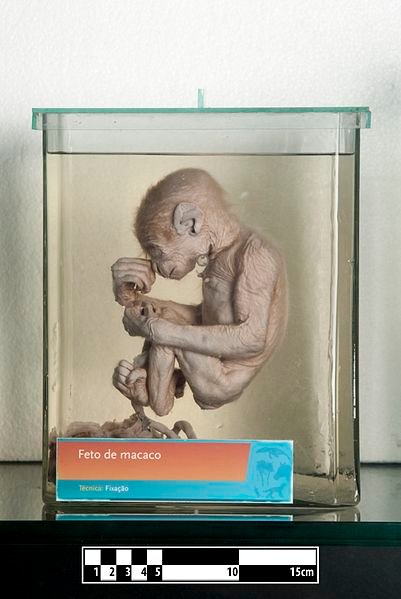
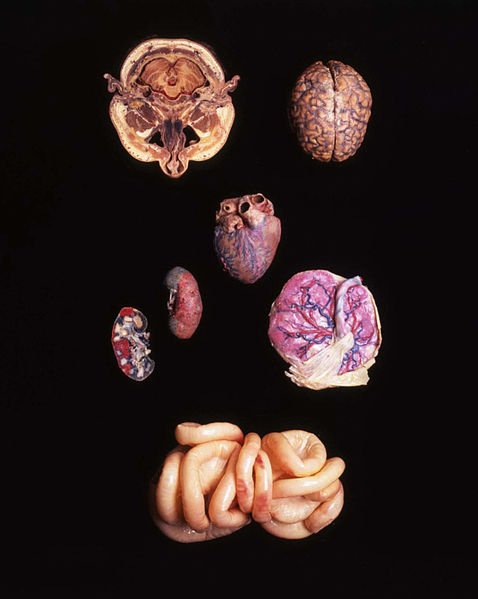
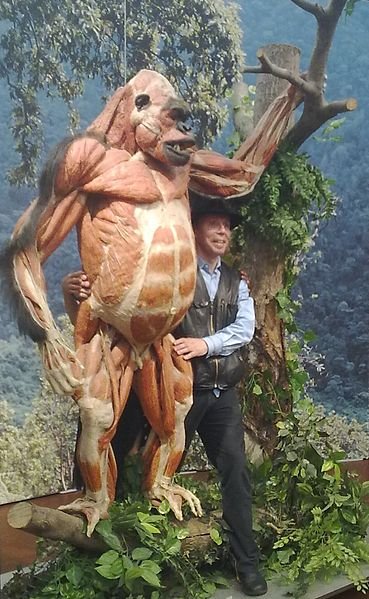
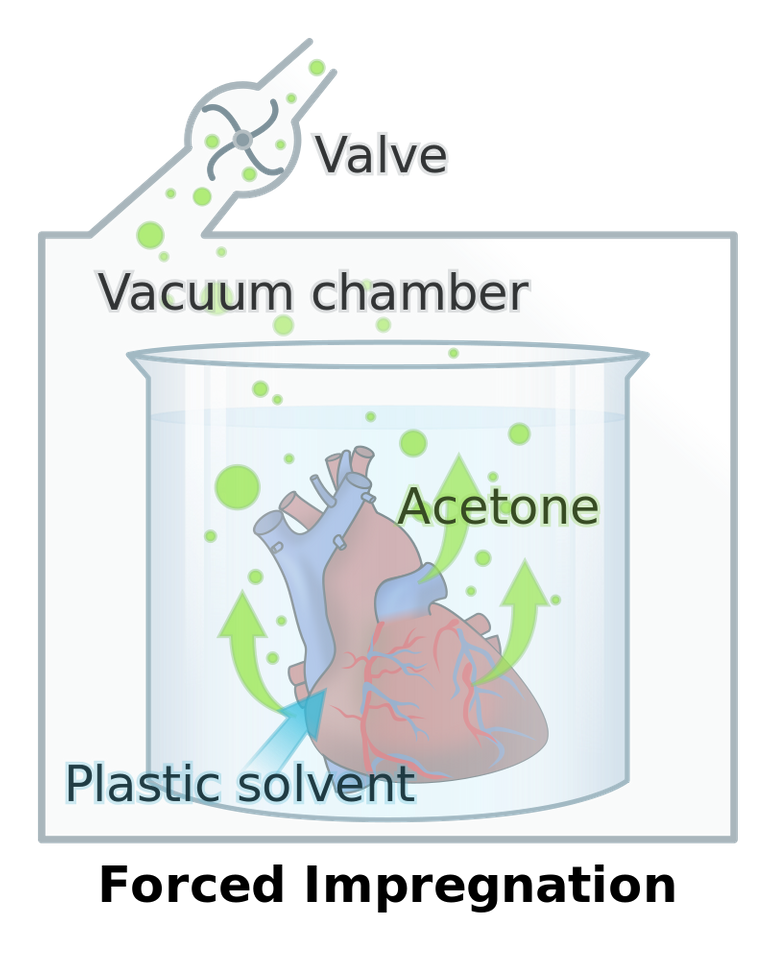
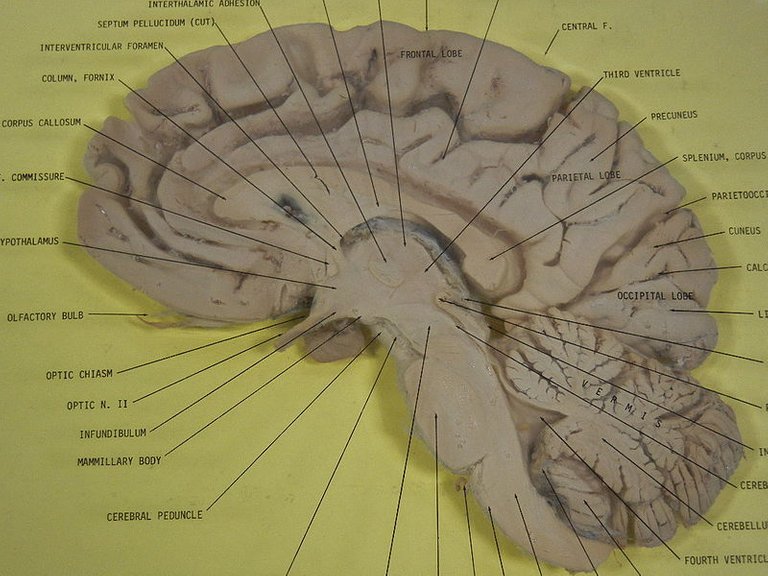
I was wondering if there is a demand for plastination as a method for embalming? Even some who may want to keep a body on permanent display (outside the medical/anatomical/educational applications)?
It's just because of the cost, plastination is quite very expensive.
That's is why most people still opt for embalmming in order to save cost.
And nobody wants Grandma's body in the living room😉
Lol..... Yeah might be scary at night
Really interesting post, I would like to plastinate my cat if he dies in the future. You talked about the possibility of plastinating body parts. Is that something that people actually do? I can imagine people might want to, like in the breast cancer example you used.
Yeah people can actually do that.
Wish I still had the video of man whose jaw was damage beyond repair. In order to salvage the situation, his jaw was plastinated and fixed back on him.
Its realistic
Wow. This is a very good discovery. I hope he got a Nobel Laureate for it. I have learned new stuffs today, this is one of the best I must say
Thanks....uhhm not so sure about that, but my guess maybe right. I think he did, such discoveries don't go unrewarded for a life time
Congratulations @cyprianj! You have completed some achievement on Steemit and have been rewarded with new badge(s) :
Click on the badge to view your Board of Honor.
If you no longer want to receive notifications, reply to this comment with the word
STOPTo support your work, I also upvoted your post!
Do not miss the last post from @steemitboard!
Participate in the SteemitBoard World Cup Contest!
Collect World Cup badges and win free SBD
Support the Gold Sponsors of the contest: @good-karma and @lukestokes
Congratulations! Your post has been selected as a daily Steemit truffle! It is listed on rank 7 of all contributions awarded today. You can find the TOP DAILY TRUFFLE PICKS HERE.
I upvoted your contribution because to my mind your post is at least 22 SBD worth and should receive 156 votes. It's now up to the lovely Steemit community to make this come true.
I am
TrufflePig, an Artificial Intelligence Bot that helps minnows and content curators using Machine Learning. If you are curious how I select content, you can find an explanation here!Have a nice day and sincerely yours,

TrufflePigthanks bot
Hi @cyprianj!
Your post was upvoted by utopian.io in cooperation with steemstem - supporting knowledge, innovation and technological advancement on the Steem Blockchain.
Contribute to Open Source with utopian.io
Learn how to contribute on our website and join the new open source economy.
Want to chat? Join the Utopian Community on Discord https://discord.gg/h52nFrV